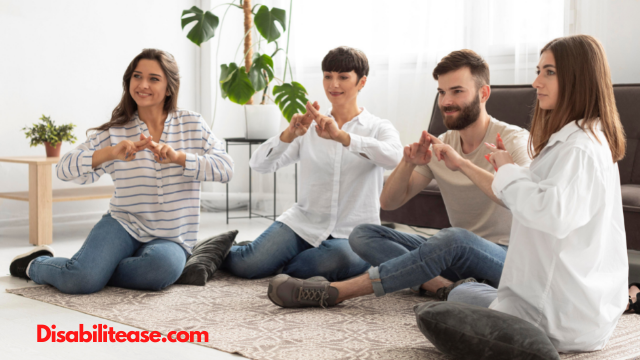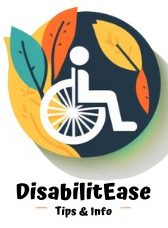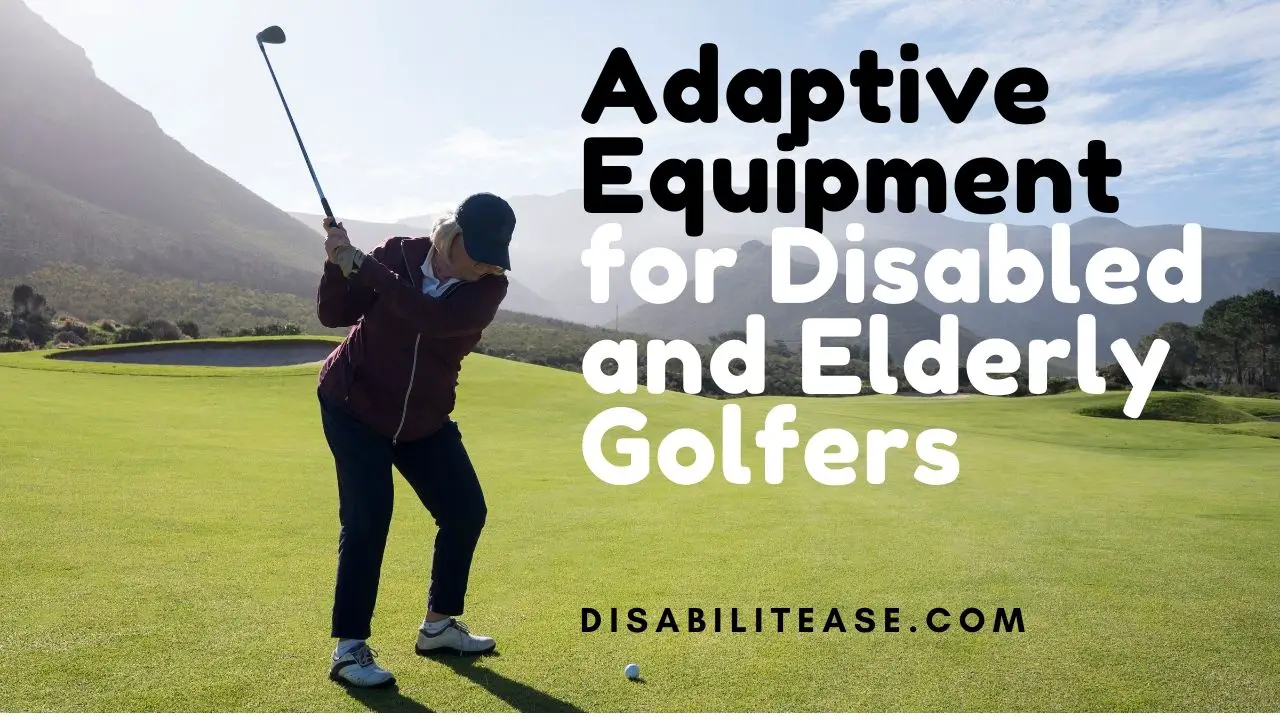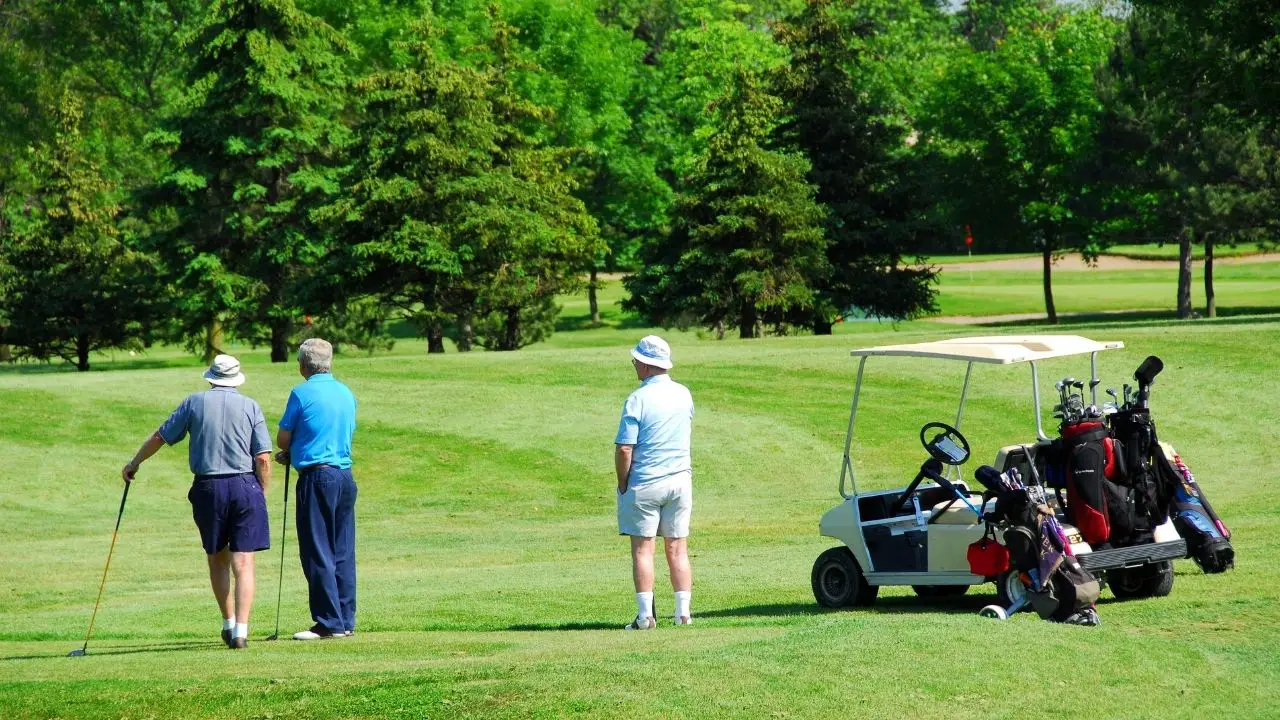While everyone’s cognitive development is different, some people think in words more than others. A person who was born deaf and relied solely on signing for communication would most likely regard sign language as an extension of their original tongue. Either one feels or hears “the inner signing.”

We discovered how deaf people think about their “inner voice.” It turns out that this changes based on the amount of deafness and voice training of the deaf person.
Here is a related article that might interest you on How Do I Know If I Am Becoming Deaf?
Those who were deaf from birth and solely learnt sign language will, predictably, think in sign language. What’s remarkable is that people who are deaf from birth but learn to talk through vocal training will occasionally think not only in the sign language they know, but also in the vocal language they learned, with their brains imagining how the vocal language sounds.
Table of Contents
How Deaf People Think?
People who are deaf or hard of hearing think in terms of their “inner voice.” Some of them think in ASL (American Sign Language), while others think in the vocal language they learned, with their brains generating the sound.
Furthermore, their thought process differs from that of hearing persons. When they think, they picture themselves in first-person or third-person perspective. When they picture a hearing person speaking, they imagine him or her signing instead of speaking since it is easier for them to understand.
Because ASL does not include signs for every word, when deaf individuals want to conceive of a term that does not have a symbol, they finger-spell it. Imagine letters in the form of hands. When a deaf person reads words instead of signing them, finger-spelling is more likely.
Do Deaf People Think in a Specific Language?
To comprehend how language influences our thinking, and how this influences how deaf people think, we must first comprehend the nature of human thought.
Humans typically think in phrases, visuals, or a combination of both:
- Some people think primarily in words, which means that words and narrations dominate their ideas.
- Other people think primarily in images, which means that images and visuals dominate their ideas.
Deafness, surprisingly, is far more dangerous than blindness in terms of the effects it can have on the brain. This isn’t because deaf people’s brains are different from hearing people’s brains in terms of mental capacity or anything like that; rather, it’s because language is so important to how our brains work.
To be clear, “language” in this context includes both spoken and sign languages. It’s just necessary for the brain to have a language it can completely comprehend and use as an inner voice to guide thought.
How People Think Who Were Born Deaf?

Hearing ability can influence whether or not someone thinks in words or visuals. Many persons who are deaf from birth have never heard spoken language.
This makes it quite improbable that they can think through spoken language. According to a 2006 study, deaf persons are more likely to think in images because their primary means of processing language is through visual forms of communication.
These visuals could be photographs or images of objects. They could also require seeing word signs (as in sign language) or moving lips (as in lip reading).
How People Think Who Weren’t Born Deaf?
In those who were not born deaf, this phenomenon of visually seeing signs and moving lips may be linked to auditory thinking (speech).
In this situation, how much language they learnt and what their original language is, among other aspects, might influence the ideas of previously listening people.
Language Used by Deaf People
American Sign Language is the most widely used sign language in the United States. This is in stark contrast to many other sign languages, such as British Sign Language, which is entirely incomprehensible to ASL users and vice versa.
ASL differs from many other sign languages in that it largely relies on hand movements, whereas most other sign languages, such as BSL, focus extensively on facial expressions and other bodily expressions in addition to hand and finger gestures.
Unlike spoken languages, there are literally thousands of simple sign “languages” used among family groups, despite the fact that there are many official sign languages. This is especially true for parents who are not deaf but have a deaf child. They will frequently establish a number of house signs as well as a strategy for communicating using the signs. Homesign or kitchensign are common names for these rudimentary “languages.”
Another post that will interest you is about Can Headphones Make You Deaf?
Frequently Asked Questions [ FAQs ]
In a Riddle, what Language does a Deaf Person Think in?
Hearing-impaired individuals think of themselves in terms of their inner voice. They’re also known as hearing-impaired people. While some people think in ASL (American Sign Language), others imagine vocal language and try to imagine what it sounds like.
Do Deaf People Hear Their Own Thoughts?
Is it possible for blind and auditory impaired people to hear a voice in their heads? Yes. This is not an unusual situation. Your ears are not the source of the ‘sounds of voices.’
What Are the Thoughts of Deaf People?
Many deaf persons rely on their eyesight for speaking in settings when deafness inhibits hearing. Language acquisition through sight has an impact on a person’s perception in addition to other factors. The majority of deaf persons use images to express themselves.
Deaf people’s thoughts are expressed in what language?
It is a deaf American sign language that is distinct from those spoken in the United Kingdom and Japan.
Do Deaf People Imagine Sign Language?
Hearing has been defined as an internal monologue that “speaks,” but you can also hear nothing from your mouth. The vast majority of deaf people claim to be deaf. They connect the words with reality by using sign language.

Hi, my name is Eddie, I am a professional trainer specializing in the elderly population and I’m also a website designer. I love training in the gym, going to the beach, traveling, and having good food.
I combined my love for sport and website designing to make “DisabilitEase” whose purpose is to help elderly and disabled people live a more full and active life, have more fun, and enjoy their unique journey despite any disability.



